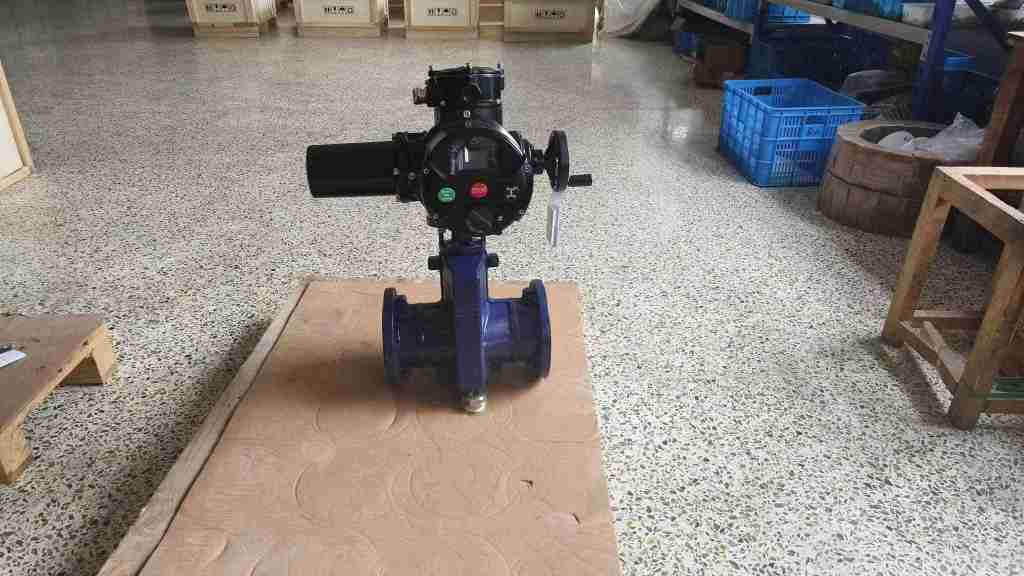The electric pinch valve is a highly effective and versatile component used in a variety of industries to control the flow of fluids, gases, or powders. These valves are known for their simplicity, reliability, and precision in regulating the passage of materials. Unlike traditional valves, which rely on mechanical or pneumatic force, electric pinch valves use an electrical actuator to control the flow. This article explores the structure, functionality, advantages, and applications of electric pinch valves, highlighting their role in modern fluid control systems.

What is an Electric Pinch Valve? An electric pinch valve is a type of valve that operates by pinching a flexible tube or hose, typically made of rubber or another elastomeric material, to regulate the flow of materials. The valve consists of a flexible elastomeric tube, a housing that holds the tube in place, and an electric actuator that provides the force to pinch or release the tube. The valve’s operation is controlled by an electric signal, which adjusts the position of the actuator to either completely shut off the flow, partially restrict it, or allow it to flow freely. This design makes the electric pinch valve distinct from traditional valve types like ball valves, gate valves, or globe valves, which use rotating or sliding mechanical parts to control flow. The pinch valve’s main advantage lies in its simplicity and ability to handle a wide range of materials, including slurries, powders, and liquids, with minimal wear and tear.
Leave a Reply